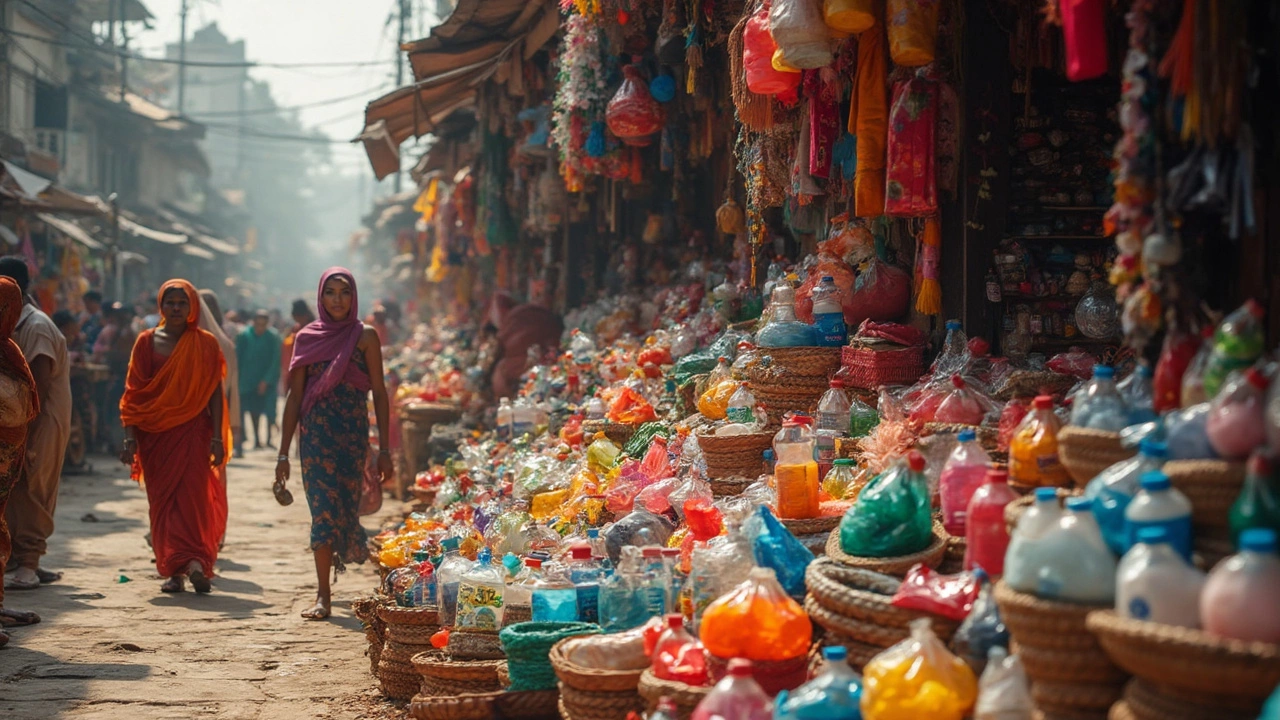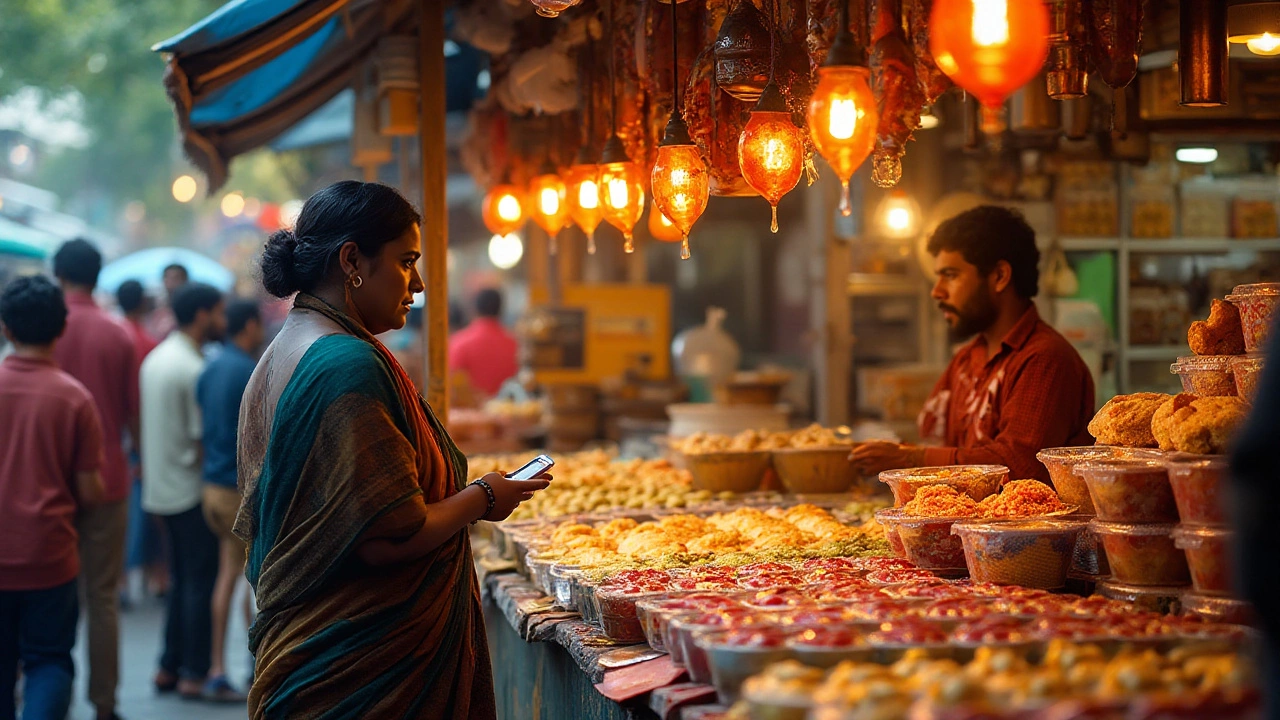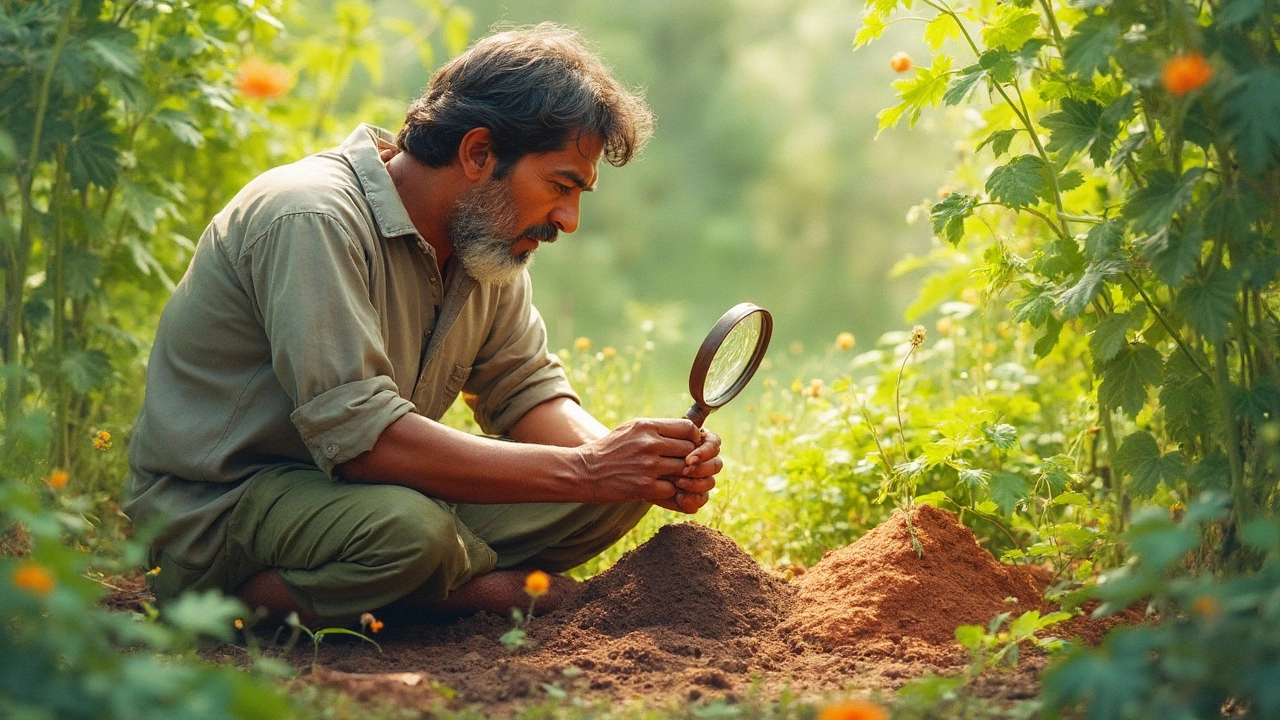Plastic Usage: Trends, Demand & Sustainable Practices
When working with plastic usage, the way plastic is produced, consumed, and disposed of across industries. Also known as plastic consumption, it shapes everything from packaging to automotive parts. In India, the surge in consumer goods, construction projects and renewable‑energy hardware means more polymers flow through factories every day. recycled plastic, post‑consumer material turned back into usable resin now accounts for a growing slice of that flow, cutting raw‑material pressure and lowering carbon footprints. The market’s shift toward PET resin, lightweight clear polymer ideal for bottles and food trays illustrates how packaging firms chase both weight savings and recyclability. At the same time, HDPE, a tough, moisture‑resistant plastic used in pipes and containers remains a workhorse for infrastructure projects. These entities interlink: plastic usage drives demand for specific resins, recycled plastic feeds those demands, and tighter regulations push manufacturers toward greener formulas.
Key Drivers Behind Today’s Plastic Landscape
One major driver is the rise of recycled plastic demand in 2025, a trend sparked by government incentives and consumer awareness. Companies that tap into rPET or rHDPE can quote lower lifecycle emissions, a selling point that influences procurement decisions. Another driver is the competition between PET and PP (polypropylene) for packaging roles; PET offers superior clarity while PP provides cost‑effective rigidity. This rivalry pushes firms to refine their material blends, a process that directly shapes plastic usage patterns. Meanwhile, the HDPE market expands as India upgrades irrigation networks and urban water systems, creating a feedback loop where more HDPE pipes mean higher overall plastic consumption. Together, these forces illustrate the semantic triple: plastic usage influences recycled plastic demand, recycled plastic reduces virgin resin need, and resin choice (PET, PP, HDPE) steers manufacturing strategy.
Beyond raw material trends, the manufacturing sector itself is evolving. Advanced extrusion lines, AI‑driven quality control and circular‑economy designs are becoming standard in Indian plants. When a factory adopts a closed‑loop system, it not only cuts waste but also reshapes the supply chain, affecting everything from logistics costs to end‑user pricing. This shift demonstrates another triple: plastic manufacturing adopts new technology, technology lowers production waste, lower waste enhances sustainability of plastic usage. The impact ripples to downstream users—retailers, builders, consumers—who see greener labels and often pay a modest premium for responsibly sourced plastic.
All these pieces—resin demand, recycling rates, tech upgrades—form a network that defines how plastic is used across the country. Below you’ll find a curated list of articles that dig deeper into each aspect: from the plastics that will dominate 2025, to the country leading the global industry, to practical tips for reducing waste in your own projects. Whether you’re a manufacturer, a policymaker, or just curious about the material that’s everywhere, the collection offers actionable insights you can start using right away.
Plastic Manufacturing: Which Industry Uses the Most?
Ever wondered which industry is cranking out the most plastic? This article unpacks the main players, highlights real-world numbers, and breaks down how everyday items drive the demand for plastic. We'll touch on surprising uses you might not expect, explain what really counts as 'plastic use,' and share practical tips for understanding the market. Whether you're curious about the environmental impact or how your shopping habits tie into the bigger plastic picture, this guide lays it all out.
- manufacturing
- India
- food processing
- garden tips
- rice cultivation
- government schemes
- balcony garden
- urban gardening
- balcony gardening
- profitable business
- business ideas
- plastic manufacturing
- drip irrigation
- plant care
- steel manufacturing
- sustainable gardening
- startup ideas
- steel industry
- flower gardening
- textile manufacturers






